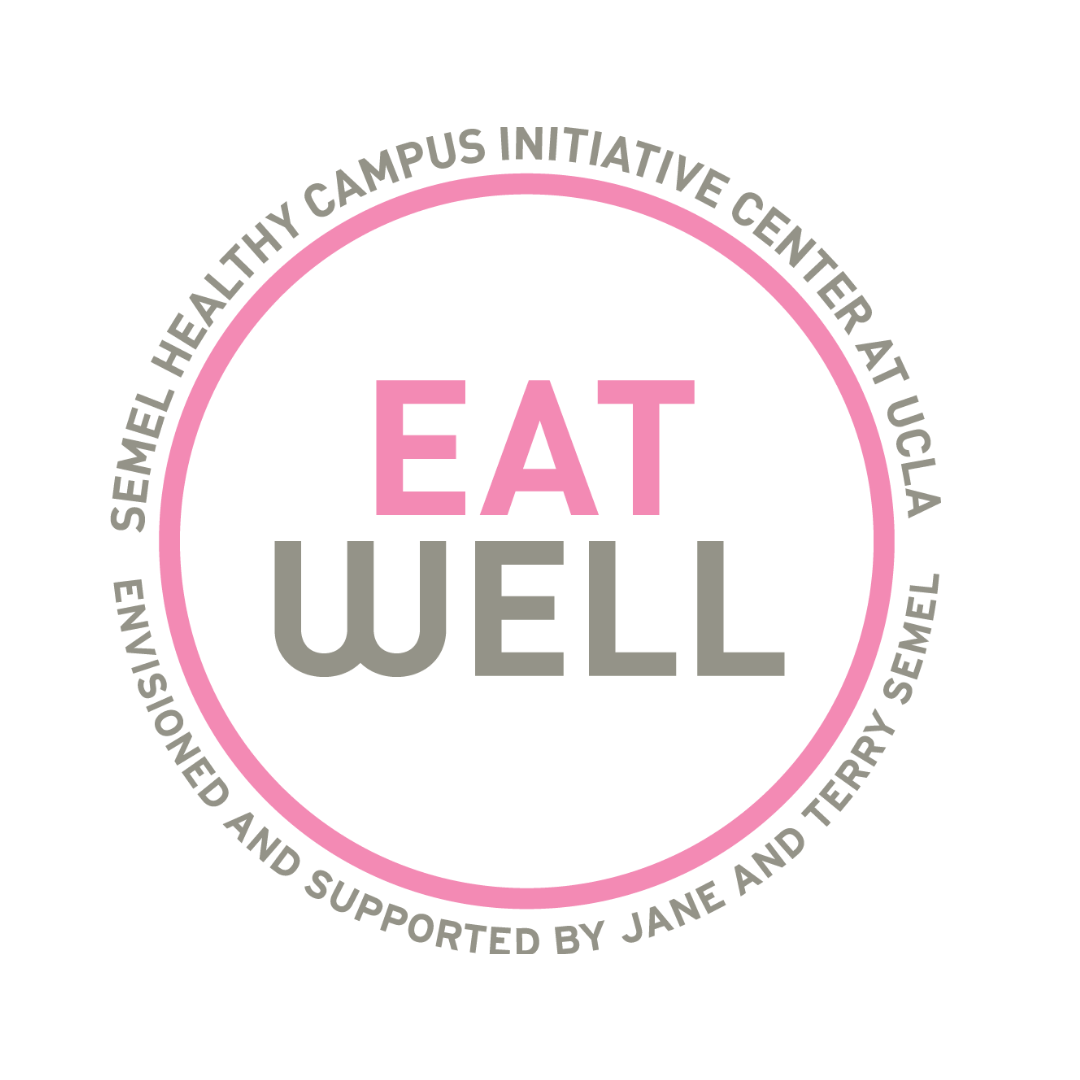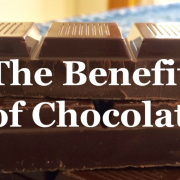Paging All Chocoholics: Chocolate Is Good For You (In Moderation, That Is)
By Susan Salter Reynolds and Wendelin Slusser
Every month new test results pour in to confirm what all chocoholics know: Chocolate is good for you. Decreased blood pressure, improved blood vessel health, and improved cholesterol levels are just a few of the benefits.
Flavinoids, Our New Best Friends
Chocolate contains flavonoids–antioxidants also commonly found in fruits, vegetables, tea, and red wine. According to Eric L. Ding, PhD, of Harvard Medical School, the polyphenolic flavonoids in cocoa have the potential to prevent heart disease. Flavonoids help decrease “bad” LDL cholesterol among people under age 50, and increase good HDL cholesterol. In addition, chocolate has been found to improve elevated blood pressure.
A Little Bad News
You cannot simply eat as much chocolate as you want without increasing your level of physical activity, or you will gain weight. Raw chocolate contains high levels of cocoa butter, rich in saturated fat, some of which is removed and added back in varying amounts by chocolate makers, as well as other fats, sugars, and milk. Cocoa butter is made up of equal amounts of oleic acid (a heart-healthy fat also found in olive oil), stearic and palmitic acids (saturated fats). While saturated fats have the reputation for increasing the risk of heart disease, stearic acid has been shown neither to increase nor decrease cholesterol. Therefore 2/3 of the cocoa butter fat is either healthful or not harmful. In addition, try to avoid chocolate close to bed time as it (and other caffeine-filled food and drinks) can keep you awake.
Buy the Best
The darker the chocolate, the more antioxidant properties it contains. Darker and finer chocolates also contain higher percent of cocoa butter as the fat (of which the majority of the fat is not harmful, as described above). The specific flavanol thought responsible for these positive antioxidant health effects is called epicatechin and is found in dark chocolate but only found in minimal amounts in white or milk chocolate.
In addition, consuming no more than one ounce every other day of chocolate containing at least 70% cocoa is considered to be the “sweet spot” for not consuming too many additional calories (170 calories) and receiving the benefits from its positive impact on blood pressure and cardiovascular risk.
Of course don’t forget to eat other flavonoid rich foods such as apples, red wine, tea, onions and cranberries.
And the Plant is Beautiful
The scientific name of cocoa is Theobroma Cocoa. The tree thrives in a tropical environment and is always full of flowers–yellow-white to shades of pink. The fruits are 15 to 20 cm long, grey or dark red when unripe, bright red or golden when ripe, and contain up to 40 seeds, otherwise known as beans. Like wine, the soil in which cocoa trees grow gives them a specific terroir, a scent and taste that is unique to their ecosystem.
The cacao tree was discovered over 2,000 years ago in the tropical rainforests of the Americas. The first people known to have consumed cacao were the Classic Period Maya (250-900 A.D.). They mixed ground cacao (cocoa) seeds with seasonings to make a bitter, spicy drink that was believed to be a health elixir. To the Mayans, cocoa pods symbolized life and fertility. The Aztecs also believed that wisdom and power came from eating the fruit of the cocoa tree.
This should be all you need to justify your habit! Few pleasures come so well recommended.
Follow UCLA Healthy Campus Initiative on Twitter: www.twitter.com/HealthyUCLA

